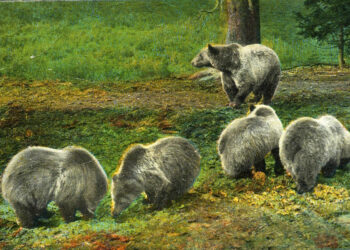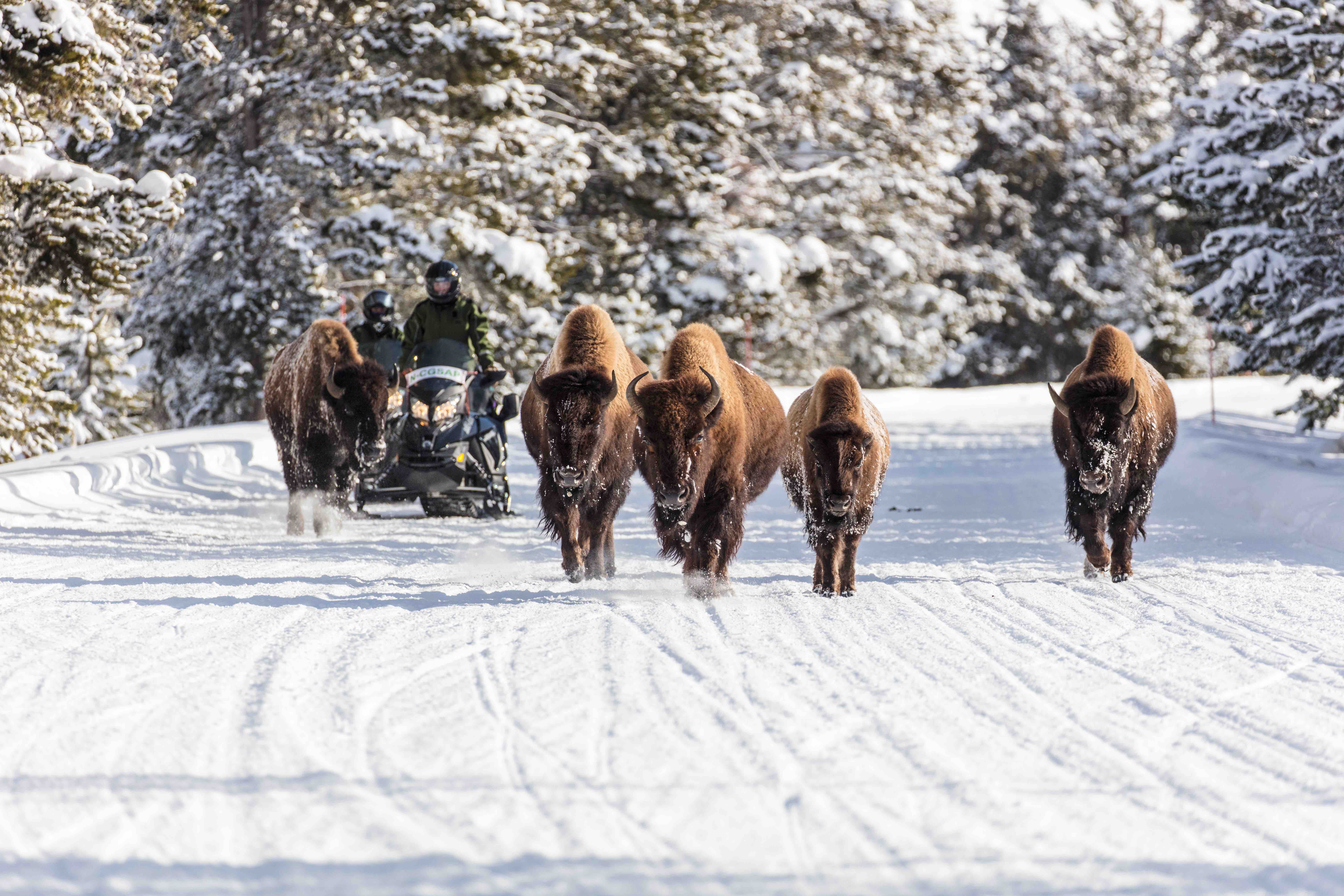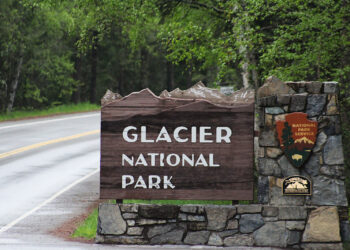Following a preliminary review last week, the federal government has one year to determine whether threats to the animal warrant listing under the Endangered Species Act.
By Amanda Eggert MONTANA FREE PRESS
The federal agency charged with administering the Endangered Species Act has made a preliminary finding that petitioners pushing for threatened or endangered species protections for Greater Yellowstone Ecosystem bison have presented “substantial, credible information indicating that a listing action may be warranted.”
The decision by the U.S. Fish and Wildlife Service kick-starts a 12-month timer. Over the next year, the agency will conduct an in-depth review of the species’ status and threats to them. During that period, there are no effective Endangered Species Act protections in place for the animal, so state, tribal and federal managers maintain their existing jurisdictions over bison management.
In a series of submissions to the USFWS, the petitioners — Western Watersheds Project, Buffalo Field Campaign, Friends of Animals and author James Horsely, who wrote a book about the plight of Yellowstone bison — argued that two herds of bison in and near Yellowstone National Park constitute a “distinct population segment.” They assert that Yellowstone bison are threatened by a lack of tolerance for bison outside of Yellowstone National Park and a loss of migration routes and habitat. They’ve also argued that disease and a loss of genetic diversity pose further threats.
The USFWS’s decision comes five months after a judge ordered the federal government to conduct a 90-day review of petitioners’ claims. The court cited a 2012 study where researchers analyzed the genetics of Yellowstone’s two bison herds and found potential for low genetic variation wrought by inbreeding. Researchers said that their finding “raises serious concerns for the management and long-term conservation of Yellowstone bison.”
“The recovery of the bison in the West is an outstanding conservation success story. Unfortunately, lawsuit-prone special interest groups are seeking to upend years of diligent coordination and cooperative management,”
GIANFORTE SPOKESPERSON BROOKE STROYKE
Conversations over how bison are managed are happening in a tense backdrop, with federal and state agencies occasionally butting heads over the management of animals that leave National Park Service jurisdiction. Since 2000, as directed by the Interagency Bison Management Plan, Montana’s Department of Livestock and other partners have hazed animals that roam beyond the national park boundary back into Yellowstone, quarantined them in nearby pens while they undergo testing for brucellosis or shipped them to slaughter. Differing opinions about bison management also played a role in the early retirement of former Yellowstone National Park Superintendent Dan Wenk, who disagreed with then-Secretary of the Interior Ryan Zinke about how many bison the park can support.
This January, Yellowstone National Park announced that it was initiating a rewrite of the bison management plan. A 2015 effort to draft a new plan ultimately stalled. The new plan rewrite is slated for completion by fall 2023.
The state maintains that the current management scheme is important to protect nearby livestock producers from brucellosis, a bacterial disease that can cause ungulates to abort their young. Environmental groups counter that there’s never been a documented case of brucellosis transmission between bison and livestock in the wild. They also argue that elk in the region are documented brucellosis carriers, but aren’t subject to the same slaughter, hazing or testing regime that bison are.
The office of Montana Gov. Greg Gianforte expressed frustration with USFWS’s decision to explore federal protections for bison and said the state would remain engaged in the process.
“The recovery of the bison in the West is an outstanding conservation success story. Unfortunately, lawsuit-prone special interest groups are seeking to upend years of diligent coordination and cooperative management,” Gianforte spokesperson Brooke Stroyke said in an email to Montana Free Press. “The State of Montana will participate in the 12-month review process, working to ensure that the best available science is considered.”
Bison were once abundant on the Great Plains and roamed from central Canada to northern Mexico. By the early 1800s, Plains bison were eliminated from many areas of the country. Today there are more than 400,000 Plains bison, according to USFWS.
If the agency agrees with petitioners in their assertion that Yellowstone bison constitute a distinct population segment, Yellowstone bison will be considered a geographically distinct sub-sect of the Plains bison. There are currently an estimated 5,500 bison in Yellowstone distributed between a central and northern herd.
Once USFWS completes its review, it will issue a proposed rule that will go up for public comment.












